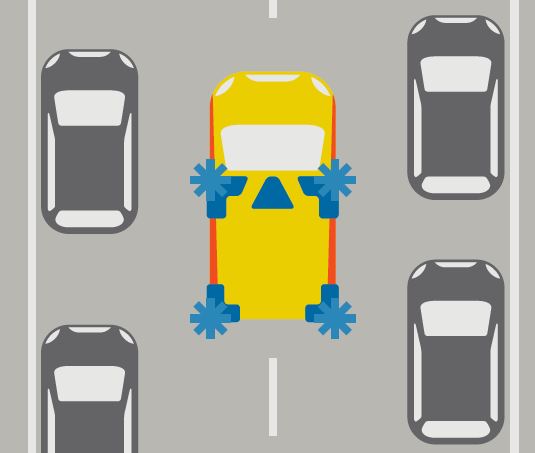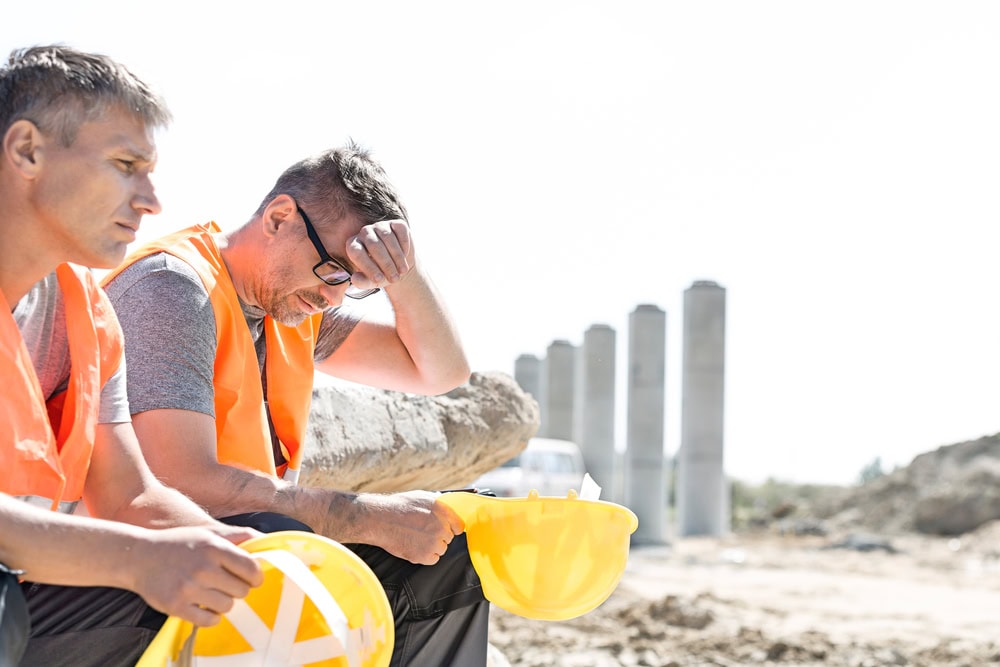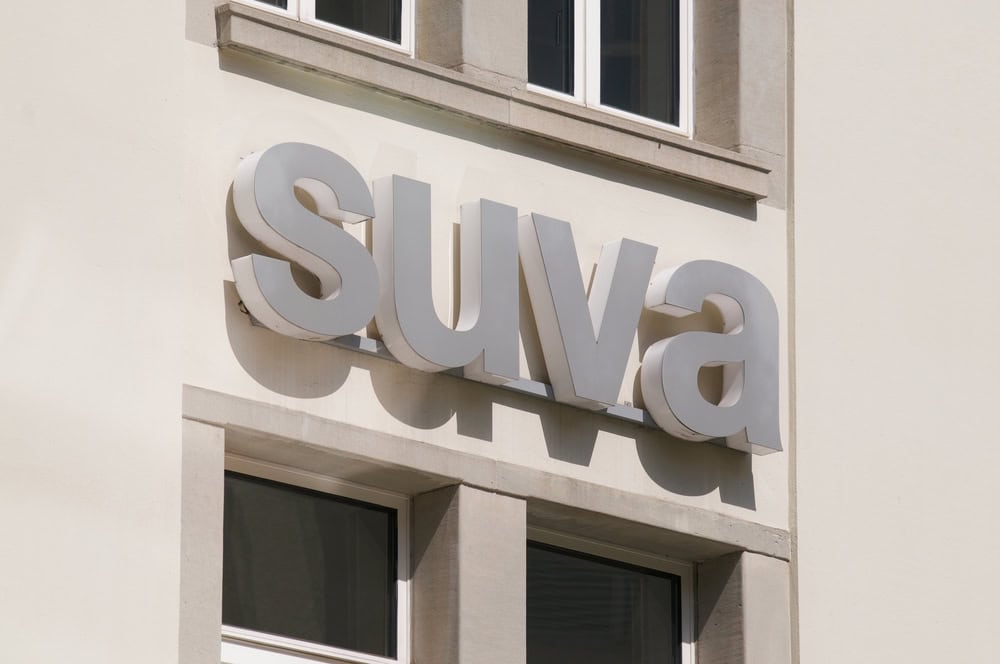New traffic rules - emergency lanes and zippers become mandatory
The Federal Council has approved the revised traffic regulations and signalization ordinances. These changes affect various areas. For example, in future it will be compulsory to form an emergency lane when there is a traffic jam on freeways or to apply the zipper principle when lanes are closed.

The ordinance amendments to the new traffic regulations and signalization ordinances serve to improve traffic flow and safety, the Federal Council writes. The most important changes at a glance:
Measures in rolling traffic
Zipper system: If a lane on a highway has to be removed, the zipper principle now applies. Motorists must allow their vehicles to merge into the removed lane. This is intended to prevent vehicles from switching to the remaining lane too early when lanes are removed, as often happens today. This allows traffic to flow more smoothly. Failure to observe the zipper principle will be punished with a fine.
Emergency lane: In addition, the obligation to form an emergency lane will apply in the future: In the event of a traffic jam, motorists must leave enough space between the left and right lanes - and between the left and two right lanes on three-lane roads - for rescue vehicles without occupying the emergency lane. Failure to observe the emergency lane is punishable by an administrative fine.
Passing on the right: While passing vehicles on the right on freeways was previously only permitted in parallel column traffic, in the future this will also be permitted if a column has formed only on the left lane or, in the case of three-lane freeways, on the middle lane. This will allow traffic to flow on both lanes for longer. Overtaking on the right (swerving into the right lane and then immediately swerving back into it) remains prohibited. This is punishable by a fine.
Measures in favor of non-motorized traffic
Right turn: Cyclists and moped riders are now permitted to turn right at red lights, provided this is signaled accordingly. Another change concerns the use of the sidewalk for children with bicycles. Today, only kindergarteners are allowed to do this. In the future, children up to 12 years of age will be allowed to use the sidewalk with their bicycles - but only if there is no bike lane or bike path. The Federal Council is aware that this can disturb pedestrians on the sidewalks. However, the new regulation helps to prevent accidents between children and cars and thus serves road safety.
Another change makes it possible in the future to mark an area for cyclists in front of traffic signals, even if there is no bike lane. In addition, detour signage for non-motorized traffic will be introduced.
Measures for stationary traffic
Charging station icon: The "charging station" symbol has been created for stationary traffic. This can be used to designate parking spaces that have a charging station for electric vehicles. Parking spaces with charging stations for electric vehicles can now be colored green. This is in line with a parliamentary request (motion of the Green Liberal Group "Green zones for electric vehicles", 17.4040) and should make it easier to find charging stations.
Bike parking area: Marked parking spaces can now be reserved for bicycles with a bicycle pictogram without the need for additional signalization as before.
Parking fee: The scope of the "Parking against fee" signal is extended to all vehicles. Thus, paid parking spaces can also be introduced for motorcycles, mopeds and fast e-bikes.
The amendments to the ordinance will come into force on January 1, 2021. They will be concretized in part in VSS standards.
Source: Confederation
Further changes as of January 1, 2021
The Federal Council has lifted the ban on serving and selling alcohol at freeway service stations in the National Roads Ordinance. In doing so, it is fulfilling a motion of the National Council's transport committee (17.3267).
In addition, exemptions will be introduced for certain heavy motor vehicles (over 3500 kg total weight): Blood donor services are exempted from the Sunday and night driving ban and veteran vehicles are exempted from the Sunday driving ban.
The maximum permitted speed of light motor vehicles with trailers up to 3.5 tons is increased from 80 km/h to 100 km/h, provided that the trailer and towing vehicle are approved for this speed.
An amendment to the Uvek ordinance on 30 km/h zones and pedestrian zones will create a further possibility to deviate from the principle of right of way in 30 km/h zones by way of exception. In the future, it will be possible to establish bicycle lanes with right of way in these zones. A special "bicycle lane" signal will be dispensed with, but the bicycle lane can be marked by means of a large bicycle symbol.
The Uvek instructions on special markings on the roadway are supplemented to the effect that at pedestrian crossings a marking can indicate the streetcar. A trial carried out jointly with the cities concerned has shown that this measure has a positive effect on road safety. The aforementioned directives also provide for the possibility that suitable pedestrian crossing points can be marked with "Füessli". This marking is placed on the sidewalk and is to be used, for example, in 30 km/h zones, where pedestrian crossings may only be marked in exceptional cases.
Source: Confederation









